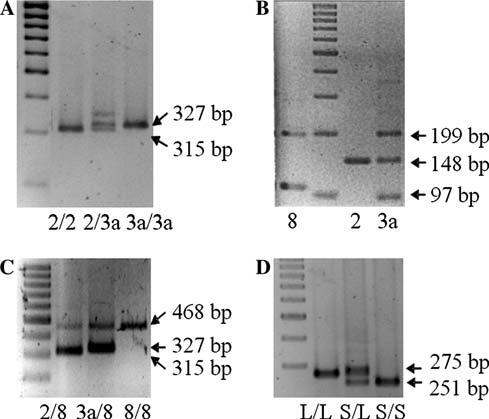Prothrombinex-vf pi
Hong Kong NAME OF THE MEDICINE Human prothrombin complex, powder for injection. DESCRIPTION Prothrombinex®-VF is a sterile freeze-dried powder containing purified human coagulation factors II, IX and X and low levels of factors V and VII. It is prepared from blood collected from voluntary donors. The concentrate is prepared by adsorption of coagulation factors from plasma onto an


